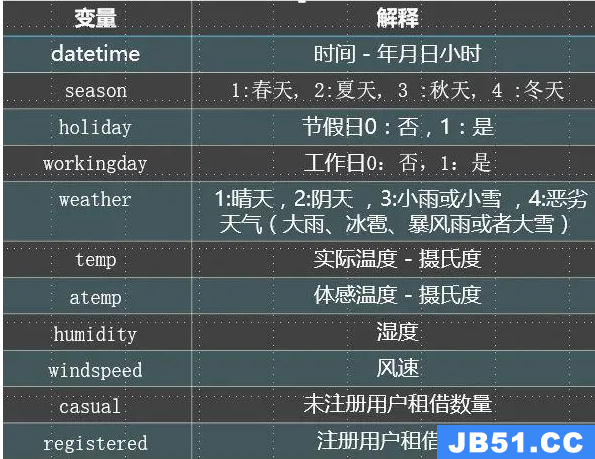第一眼能看出来是个dp
O($n^3$) 暴力应该很好想 dp[i][j] = $\sum_{k=1}^i [a[k] < a[i]] *dp[k][j-1]$
发现dp[i][j] 为前面小于它的数长度为j-1的总和,用树状数组前缀和优化一下搞成$O(n^2log_n)$
先离散化,dp时先枚举位置,再枚举上升序列的长度
树状数组要开二维哦,打代码的时候发现dp数组可以用树状数组直接代替(小小的空间优化)
代码:
#include<iostream>
#include<cstdio>
#include<cstring>
#include<algorithm>
using namespace std;
const int N = 1005;
const int P = 1e9+7;
int read(void) {
int x = 0;
char c = getchar();
while (!isdigit(c)) c = getchar();
while (isdigit(c)) {
x = (x << 3) + (x << 1) + c - '0';
c = getchar();
}
return x;
}
int T,n,m;
int a[N];
struct node{
int pos,val;
bool operator < (const node &i) const {
if (val == i.val) return pos < i.pos;
return val < i.val;
}
}p[N];
bool cmp(node i,node j) {
return i.pos < j.pos;
}
long long d[N][N];
inline int low(int x) {
return x & -x;
}
int sum(int x,int p) {
long long val = 0;
for (;x;x -= low(x)) val += d[p][x];
return val % P;
}
void add(int x,int k,int p) {
for (;x <= n; x += low(x)) d[p][x] = (d[p][x] + k) % P;
}
int main() {
T = read();
int cnt = 0;
while (T--) {
cnt++;
n = read(),m = read();
for (int i = 1;i <= n; i++) p[i] = (node){i,read()};
sort(p + 1,p + n + 1);
int x = 0,k = 0;
for (int i = 1;i <= n; i++) {
if (x == p[i].val)
p[i].val = k;
else {
x = p[i].val;
p[i].val = i;
k = i;
}
}
sort(p + 1,p + n + 1,cmp);
memset(d,sizeof(d));
long long ans = 0;
for (int i = 1;i <= n; i++) {
add(p[i].val,1,1);
for (int j = 2;j <= m; j++) {
int k = sum(p[i].val-1,j-1);
add(p[i].val,k,j);
if (j == m) ans = (ans + k) % P;
}
}
if (m == 1) ans += n;
printf ("Case #%d: %lld\n",cnt,ans % P);
}
return 0;
}





